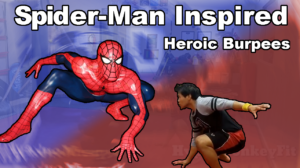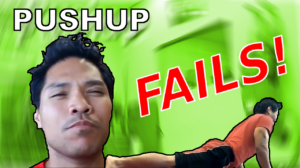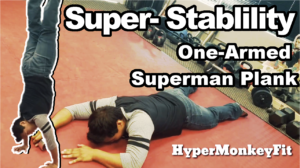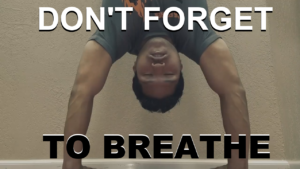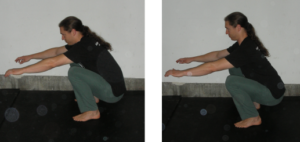So this post comes a bit later than usual because I’ve been busy doing a small update on the training studio while getting ready for a bigger update. Hint: Colors are awesome!
For today’s post I’m going to be talking about cars and your handstand.
Specifically how your hand positioning can affect how much drive and control you need to balance while you kick up into the handstand.
There are two main hand positions your see. Either with your fingers facing forward or with you fingers externally rotated to the side. Although I have been known to play with my hands turned in as well.
Either way you choose to position your hands will work. But each position has its own set of rules to help you achieve the balance you’re looking for.
Lets take the turned out or externally rotated position. You can liken this position to a force choke in star wars. With the alignment of this position, your kick up becomes smoother and faster. Which means that you need to have good solid control to put on the brakes once you’ve reached the apex and are ready to keep the hold.
In contrast, the fingers forward position is similar to drifting. The muscles and fascia counterbalance each other to create drag and slow down your kick up. This gives you a little more control so that you don’t fall over on your backside. Although you might have a problem with underkicking the handstand or not kicking with enough force to get into position.
Test which version works best for you and look at the video below for deeper information and demonstrations on learning how to drift your handstands.
To get a done-for-you blueprint on the handstand check out The Secrets of the Handstand System today!
Stay Inverted!
-Jonathan Magno



